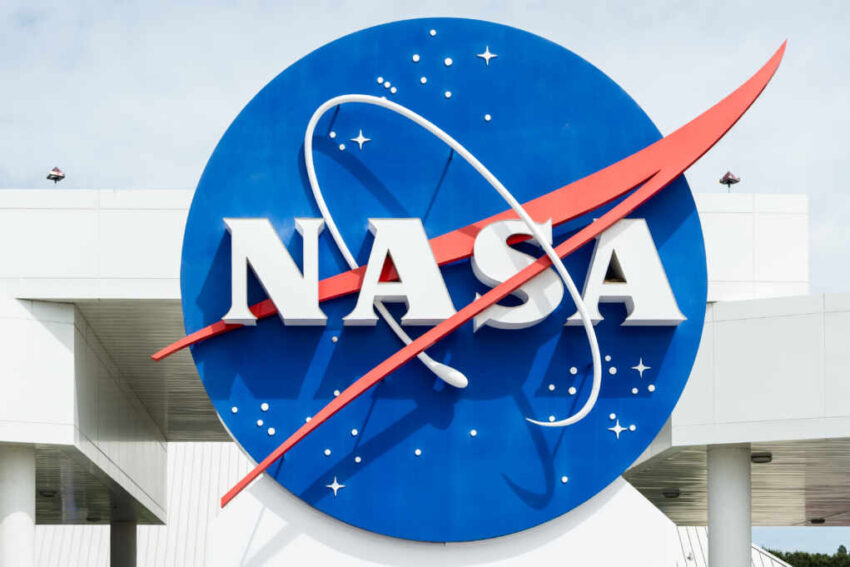Japan’s private space company ispace suffered another setback when its Hakuto‑R Resilience lander crash-landed on the Moon on June 5. Now, NASA’s Lunar Reconnaissance Orbiter (LRO) has captured images of the impact site—revealing dark smudges and faint halos on the surface two weeks after the collision.
At a Glance
- LRO imaged the site in the Moon’s Mare Frigoris region, showing disturbed lunar soil
- The dark mark is caused by dust kicked up during the “hard landing”
- This marks ispace’s second failed landing attempt after 2023’s crash
- NASA released the photos to help mission teams analyze and improve
- ispace is preparing a press briefing next week to discuss what went wrong
From Launch to Crash Site Imaging
The Resilience lander, launched in January from Cape Canaveral, lost contact approximately 90 seconds before touchdown in Mare Frigoris, also known as the Sea of Cold. Though ispace confirmed the failure soon after, the exact crash location remained uncertain until LRO scanned the region using its Narrow Angle Camera. Analysts then identified a dark smudge surrounded by a subtle bright halo—evidence of disrupted regolith from the high-speed impact, as first reported by CNN.
Watch a report: NASA spacecraft spots Japanese Moon lander crash site.
NASA’s release of the images follows a pattern seen in prior missions, such as Russia’s Luna-25 and Israel’s Beresheet, both of whose impact sites were later pinpointed through orbital imaging.
Implications for the Future of Lunar Landers
The crash delivers hard lessons for ispace and the broader field of private space ventures. By studying the impact imagery, engineers can assess descent trajectory, velocity at impact, and surface interaction. These data are critical for refining future landing algorithms and improving hardware resilience. Company officials are expected to detail their findings during a scheduled news conference next week, according to Space.com.
Beyond technical analysis, the incident underscores the steep challenges facing commercial lunar efforts. Controlled landings remain an engineering hurdle even for experienced national agencies—let alone private firms. With Artemis-era projects and a growing moon economy on the horizon, each failure becomes part of a larger body of knowledge that advances the field.
What Comes Next?
For ispace, the path forward now depends on how openly and effectively it addresses this latest setback. If the company can publicly dissect what went wrong—whether through telemetry loss, sensor failure, or instability on descent—it may yet bolster its standing as a serious contender in commercial lunar exploration. Meanwhile, NASA’s ongoing orbital monitoring will continue playing a crucial role in supporting and validating private lunar ventures. As humanity pushes toward a sustainable off-world presence, even failed missions help clear the way for what comes next.
Click this link for the original source of this article.
Author: Editor
This content is courtesy of, and owned and copyrighted by, https://deepstatetribunal.com and its author. This content is made available by use of the public RSS feed offered by the host site and is used for educational purposes only. If you are the author or represent the host site and would like this content removed now and in the future, please contact USSANews.com using the email address in the Contact page found in the website menu.








